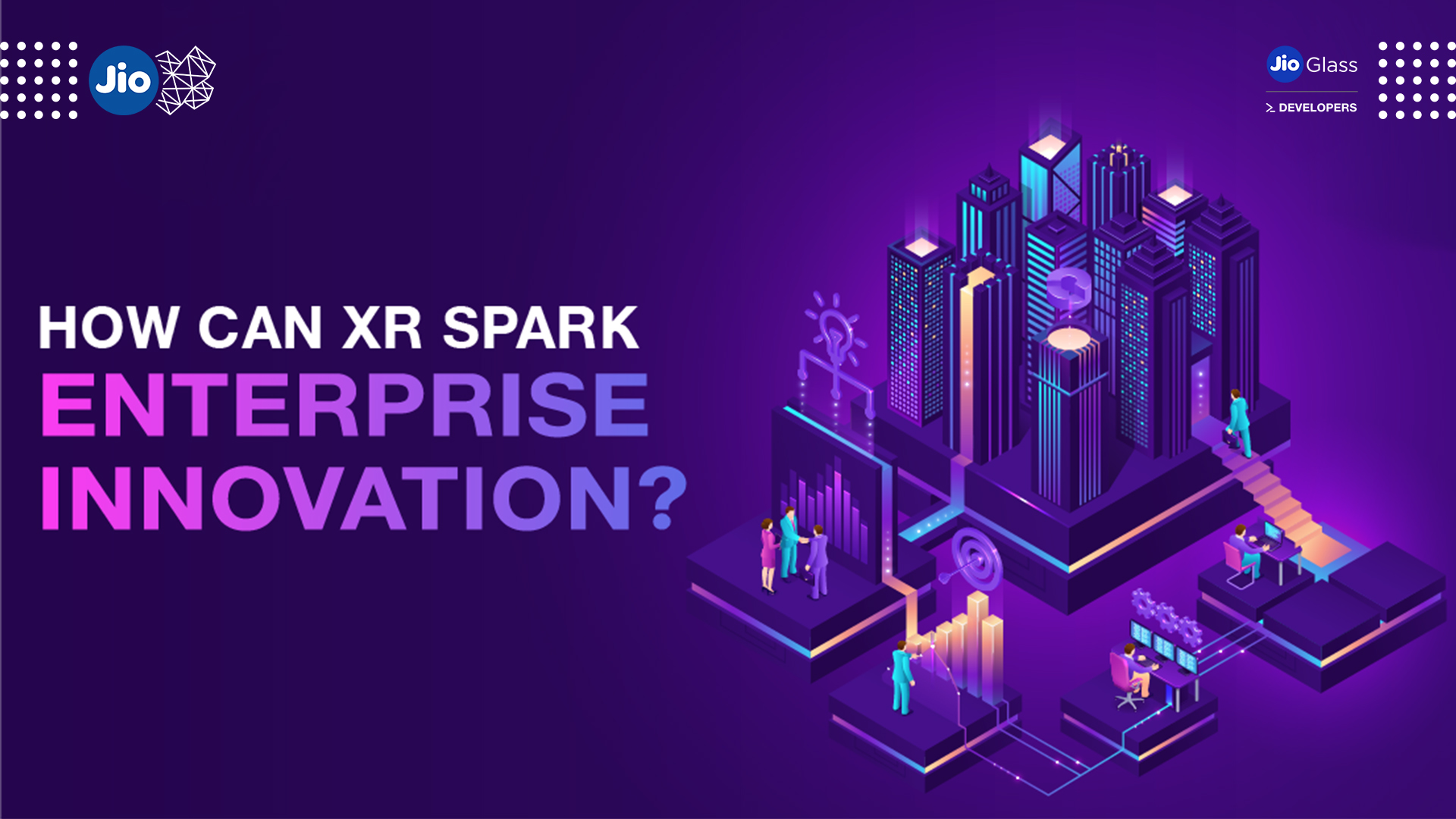How can XR spark enterprise innovation?

Extended reality gives us all a chance to reimagine what's possible in the workplace. At its core, ar vs VR represents an opportunity to change the way we think about our environments, and when we do that, we can't help but ask ourselves what else is possible?
Augmented reality technology (AR) and virtual reality (VR) are becoming increasingly crucial for enterprises. They are used for training, logistics, production process development, ergonomics, customer communication and many other applications.
How do augmented reality and virtual reality provide opportunities in the enterprise?
The biggest reason XR will spark enterprise innovation is that it's a new medium.
Accenture is a prime example of showcasing XR as the hero of emerging tech. The company introduced the concept of virtual onboarding and a virtual walkthrough of the New York headquarters to extend the look and feel of the physical space.
XR is poised to do the same thing. It's a new canvas for content. Companies are just beginning to learn how to use the technology. Still, already we're seeing startups that have figured out how to create immersive games, travel experiences, virtual walkthroughs of homes AND MORE.
· Learning and Development-XR facilitate learning about what is enterprise and how to use new tools.
· Remote Collaboration-It makes it easier for them to share information about their work and understand problems and solutions across teams, divisions or organizations.
· Virtual Interaction-It helps create new opportunities for collaboration by opening the door for employees to interact with each other and their customers in entirely new ways - not just in person but virtually as well.
· Operational Processes-XR can bring new life to familiar business processes like training and onboarding, one of the most challenging aspects of any company's operations.
Testing solutions across multiple realities
Designing for XR means creating applications that provide an intuitive user interface (UI), work across multiple realities, and take advantage of positional tracking technologies like GPS and indoor mapping.
It also means providing users with social integration features so they can easily connect to other users. This allows them to collaborate on projects or provide feedback on solutions.
In its Global Leadership Study 2021, TCS has focussed on innovation and optimization as the pillars for enterprises competing in the new decade
XR also frees you from being tied to one location while performing a task. For example, while a mechanic is working on a car engine, they can have a detailed XR model of the engine laid over the top of the actual engine compartment so they can quickly see how a part fits together without having to constantly move around a workbench or lean over the engine itself.
They could even use AR technology to view 3D animations of other cars with similar parts replaced to get ideas about what approach would be best for their specific situation.
Multisensory Augmented Reality for Industry 4.0
XR will play a significant role in the development of Industry 4.0. The combination of 3D, visuals, and sound will enable people to understand better the product or process they are working on at that moment in time.
Brands like Nissan, Thomson Reuters, Novartis and more are venturing into the scale-up of innovations with the onset of Industry 4.0.
Technology is all about context. By using 3D models of real-world objects with animations and colour schemes, you can intuitively actuate your imagination. This allows you to see your vision in virtual reality before implementing it in the real world.
XR is not just about visualizing information but also enhancing our senses through spatial sound and tactile feedback.
XR technology can revolutionize the framework for enterprise architecture
XR is creating new opportunities for learning, training, and collaboration − and it's also a catalyst for innovation.
It puts people into new experiences that they wouldn't have had otherwise. It lets people experience the world in new ways that open up new kinds of opportunities for them.
Robert Bosch Engineering& Business Solutions, in partnership with Rodovre Kommune, have developed the VR Bus Ride concept- a VR solution and a travel-based training game. The objective was to enable a set of identified students with pre-existing learning challenges to commute independently using public transport.
There are a couple of forces at work here:
First, there's the ability to create new kinds of products and services entirely enabled by technology. You can make something more immersive or interactive with today's XR platforms.
There will likely be an explosion of investment into XR solutions within the next few years, as many enterprises move beyond exploratory projects and scale up their investment in AR/MR initiatives.
XR environments are becoming increasingly realistic. As hardware costs decline, developers can invest resources into creating increasingly natural environments that make users feel like they are present in another location or period.
Are you ready to embrace the experience?
We are there and would love to know more about your ideas on optimizing performance, efficiency, and digital capabilities.
Let's strive to move ahead together and be at the forefront of technological innovation!
Come and be part of an engaging and inclusive community of developers aiming to make a difference one experience at a time.
Sign up for the #JioGlass Developers Program Here! 👉 Click Here

